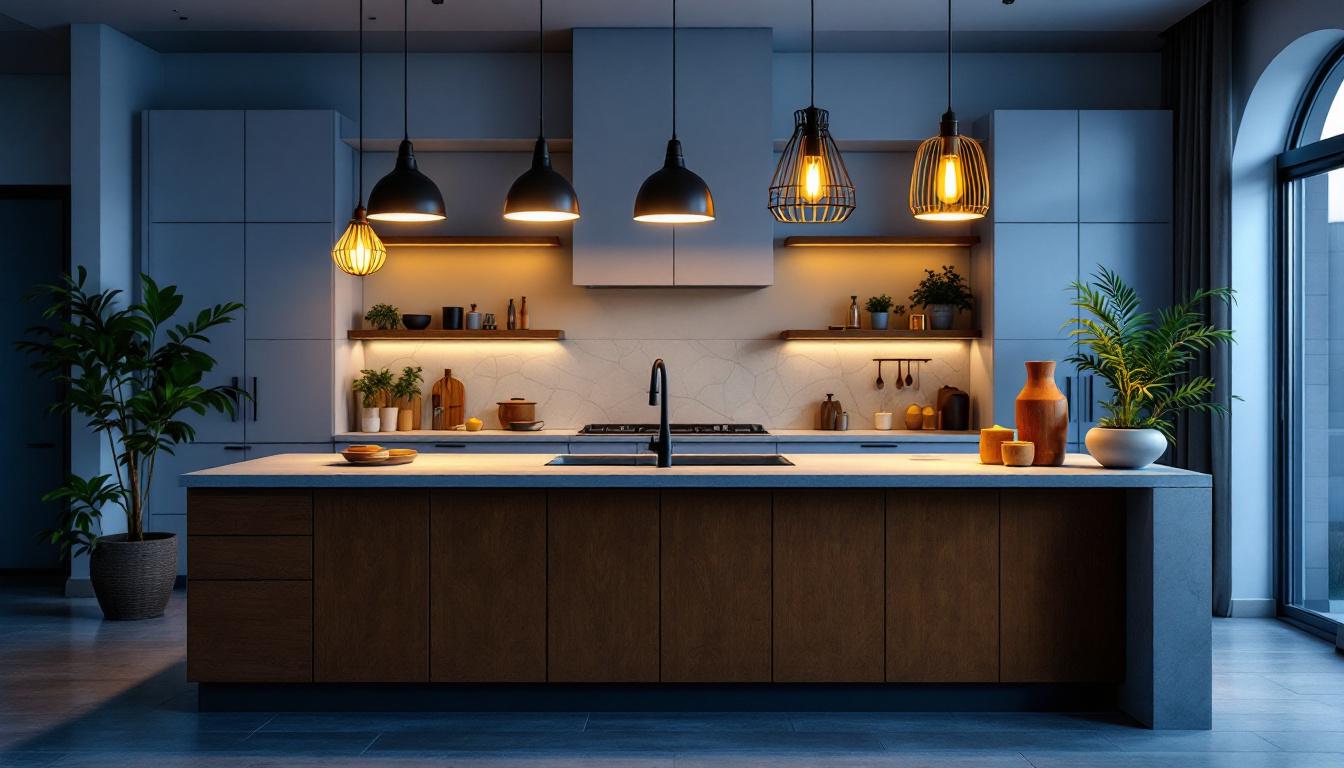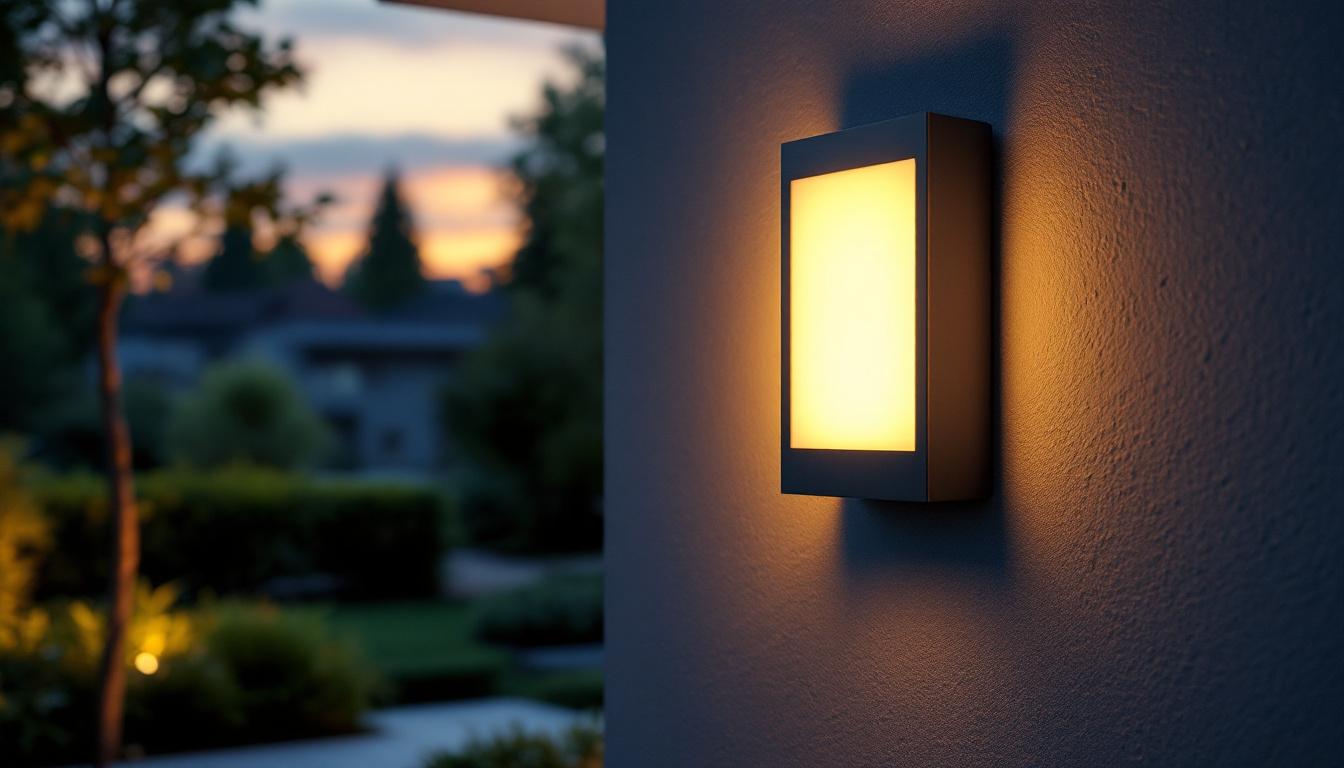
As the lighting industry continues to evolve, understanding the various types of light bulb bases is crucial for lighting professionals. This knowledge not only aids in selecting the right bulbs for specific applications but also ensures compatibility with existing fixtures. This essential checklist will guide lighting contractors through the myriad of light bulb bases available, highlighting their characteristics, applications, and considerations for installation.
Light bulb bases are the part of the bulb that connects to the fixture. They come in various shapes and sizes, each designed for specific types of fixtures and applications. A comprehensive understanding of these bases is essential for ensuring optimal performance and safety in lighting installations.
The base type determines not only the compatibility of the bulb with the fixture but also influences the bulb’s electrical connection and the overall aesthetic of the lighting design. Choosing the wrong base can lead to poor performance, increased energy consumption, and even safety hazards.
Moreover, as energy-efficient lighting solutions gain popularity, the variety of bases has expanded. This diversity allows for greater flexibility in design but also requires a deeper understanding of the options available.
For instance, the most common base types include the standard Edison screw base, which is widely used in household fixtures, and the bi-pin base, typically found in halogen and LED bulbs for specialized applications. Each base type serves a unique purpose, with some designed for high-intensity lighting in commercial settings while others cater to decorative fixtures in residential spaces. Understanding these distinctions can help consumers make informed choices that align with their specific lighting needs.
Additionally, advancements in technology have led to the emergence of smart bulbs that often feature proprietary bases. These bulbs not only require a compatible base but also integrate with home automation systems, allowing users to control lighting through their smartphones or voice assistants. As the market continues to evolve, staying informed about base types and their corresponding technologies becomes increasingly important for both consumers and lighting professionals alike.
There are several common types of light bulb bases, each serving different purposes. Below is a breakdown of the most widely used bases in the industry.
The Edison screw base is perhaps the most recognizable type of light bulb base. It features a threaded design that allows for easy installation and removal. This base is available in various sizes, including E26, E27, and E12, with E26 being the standard size for most household fixtures in North America.
These bases are compatible with incandescent, LED, and CFL bulbs, making them versatile for various applications. When selecting bulbs with Edison screw bases, it’s important to consider the wattage and lumens to ensure they meet the lighting requirements of the space. Additionally, the color temperature of the bulbs can significantly affect the ambiance of a room, with options ranging from warm yellow tones to cool daylight hues, allowing homeowners to customize their lighting for different moods and activities.
Bayonet bases are characterized by their pin-and-socket design, which allows for a secure fit. Common types include B22 and B15 bases. These bases are often found in automotive and specialized lighting applications, as they provide a robust connection that can withstand vibrations and movement.
When working with bayonet bases, it is essential to ensure that the bulb is properly aligned during installation, as improper alignment can lead to connectivity issues or damage to the fixture. Furthermore, bayonet bases are popular in certain regions, such as the UK and Australia, where they are commonly used in household lighting. The ease of installation and secure fit make them a preferred choice for many users, especially in environments where reliability is crucial, such as in outdoor or industrial settings.
Bi-pin bases, such as GU10 and G4, are designed for low-voltage applications and are commonly used in track lighting and accent lighting. These bases feature two pins that fit into corresponding sockets, providing a secure connection.
Lighting professionals should pay attention to the voltage and wattage specifications when selecting bi-pin bulbs, as these factors can significantly impact performance and safety. Bi-pin bases are particularly favored in modern design for their sleek appearance and ability to produce focused beams of light, making them ideal for highlighting artwork or architectural features. Additionally, the energy efficiency of LED bi-pin bulbs has made them increasingly popular, as they not only reduce electricity costs but also have a longer lifespan compared to traditional halogen options, contributing to a more sustainable lighting solution.
In addition to the common base types, there are several specialty bases that cater to specific lighting needs. Understanding these bases can enhance a contractor’s ability to provide tailored lighting solutions.
With the rise of energy-efficient lighting, LED and CFL bulbs have introduced new base types, such as the GU24 base. This base is designed specifically for compact fluorescent and LED bulbs, promoting energy efficiency and reducing the overall footprint of the lighting system.
It is essential for lighting professionals to be aware of these newer base types, as they often come with unique installation requirements and compatibility considerations. Ensuring that fixtures are designed for these bases can prevent costly retrofitting and ensure optimal performance. Additionally, the GU24 base is often used in commercial settings where energy efficiency is paramount, making it a popular choice for office buildings and retail spaces. By using GU24 fixtures, contractors can help their clients meet energy codes and sustainability goals, which are increasingly important in today’s environmentally conscious market.
The advent of smart lighting has also introduced new bases, allowing for wireless control and automation. Smart bulbs often come with standard Edison or bi-pin bases, but they may require specific fixtures or hubs to function correctly.
When integrating smart bulbs into a lighting design, contractors should consider the compatibility with existing systems and the potential need for additional components, such as smart switches or hubs, to facilitate seamless operation. Moreover, smart bulbs can often be controlled via smartphone apps or voice-activated systems, adding a layer of convenience and customization that traditional bulbs lack. This capability allows users to adjust brightness, color temperature, and even set schedules, making smart lighting an attractive option for residential and commercial applications alike. As the technology continues to evolve, staying informed about the latest smart bulb innovations and their respective bases will be crucial for contractors looking to stay ahead in the competitive lighting market.
Understanding the different types of light bulb bases is only part of the equation. Proper installation is crucial for ensuring safety and performance. Here are some key considerations to keep in mind.
Before selecting a bulb, it is vital to verify that the base type is compatible with the fixture. Mismatched bases can lead to poor connections, flickering lights, or even electrical hazards. Always consult the fixture specifications and manufacturer recommendations to ensure compatibility.
In addition, consider the wattage limitations of the fixture. Exceeding the recommended wattage can lead to overheating and potential fire hazards, making it essential to choose bulbs that meet or fall below the specified limits.
Lighting professionals must also be aware of safety standards and regulations governing the installation of light fixtures and bulbs. Compliance with local building codes and electrical standards is essential for ensuring the safety and reliability of the lighting system.
Regular inspections and adherence to safety protocols can help prevent accidents and ensure that installations are up to code. Keeping abreast of changes in regulations can also provide a competitive edge in the industry.
The lighting industry is continually evolving, with new technologies and trends emerging regularly. Staying informed about these trends can help lighting professionals anticipate changes and adapt their practices accordingly.
As energy efficiency becomes a priority, manufacturers are exploring innovative base designs that enhance compatibility and performance. For instance, bases that allow for easier installation and removal can streamline the replacement process, reducing downtime and labor costs.
Additionally, advancements in materials may lead to more durable bases that can withstand harsher environments, expanding the range of applications for various types of bulbs.
The integration of smart technology into lighting systems is another trend that is shaping the future of light bulb bases. As smart bulbs become more prevalent, the demand for bases that support wireless communication and automation will likely increase.
Contractors should consider how these technologies can be incorporated into their designs, as well as the potential for retrofitting existing systems to accommodate smart bulbs. This forward-thinking approach can enhance service offerings and meet the evolving needs of clients.
Understanding the various types of light bulb bases is essential for lighting professionals looking to provide effective and safe lighting solutions. From Edison screw bases to specialty options, each type serves a unique purpose and requires careful consideration during selection and installation.
By staying informed about industry trends, compliance regulations, and advancements in technology, lighting contractors can enhance their expertise and deliver exceptional service to their clients. This checklist serves as a foundational resource for navigating the complexities of light bulb bases, ensuring that lighting installations are both functional and aesthetically pleasing.
Ultimately, a well-informed approach to light bulb bases can lead to improved energy efficiency, enhanced safety, and greater satisfaction for both contractors and clients alike.
Ready to elevate your lighting installations with the highest quality bases and bulbs? Look no further than LumenWholesale, where we specialize in providing lighting professionals with spec-grade products at unbeatable wholesale prices. Our extensive selection is designed to meet the most rigorous industry standards, ensuring that every project shines with reliability and performance. Plus, with the convenience of free shipping on bulk orders, you can stock up on premium lighting solutions without worrying about hidden fees. Don’t compromise on quality or value—choose LumenWholesale for all your lighting needs. Discover our range and take advantage of the best value in wholesale lighting by visiting Wholesale Lighting at the Best Value today.

Discover innovative cost-saving strategies for lighting contractors working on kitchen island projects.

Discover how modern outdoor flush mount lights can be a game-changer for lighting contractors looking to win more bids.

Discover expert tips and best practices from lighting contractors on installing LED lights under kitchen cabinets.

Discover the ins and outs of commercial solar powered lights tailored for lighting contractors.